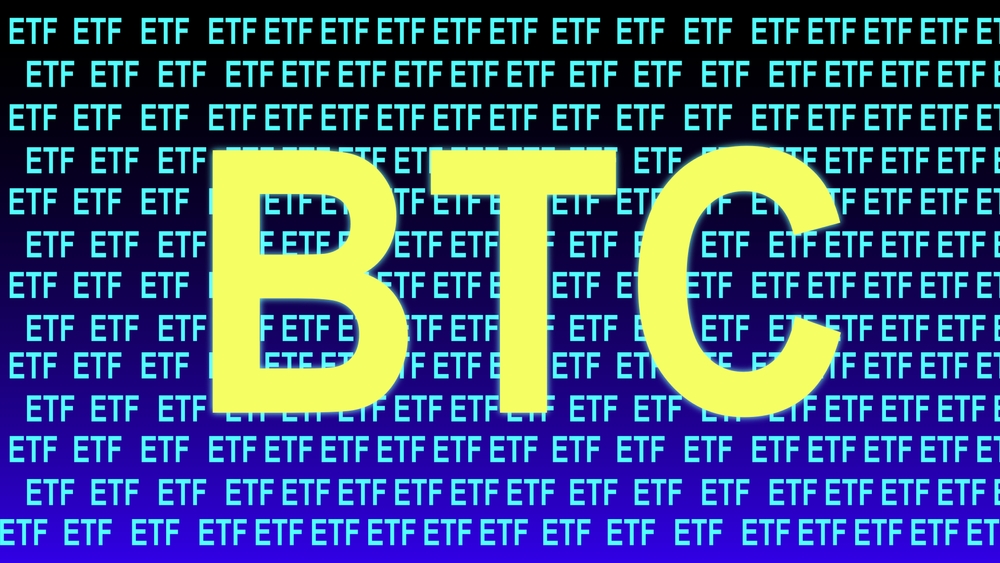Bitcoin (BTC) closed last week at around $41,750, down 5.0% from the first week of the new year, at around $43,750. The price showed significant volatility, mainly influenced by the approval of the BTC spot ETF, which heightened market dynamics. The week began with a strong upward trend on Monday in anticipation of approval, witnessing a 9.0% price increase and reaching nearly $47,000. On Tuesday, BTC reached close to $48,000 before facing significant volatility due to false news about the approval, before falling below $45,000 before stabilizing around $46,000 overnight.
The SEC on Wednesday granted approval for a BTC spot ETF, leading to increased volatility, especially on Thursday when the ETF began trading. BTC particularly soared to nearly $49,000 before beginning a significant downtrend on Friday, falling below $43,000 for a 7.7% price decline. Throughout the weekend, prices experienced a gradual decline, ultimately ending the week at around $41,750.
The launch of the BTC spot ETF has boosted market activity. An analysis of daily trading volume on centralized exchanges over the seven days from January 8 to 14 shows that daily trading volume reached nearly $50 billion, the highest since November 2022. The launch of the ETF will increase activity across the entire market and is not limited to BTC.
From January 8 to 14, BTC recorded daily trading volume of $17.8 billion, a 26% increase from the $14.1 billion recorded the previous week. Ethereum (ETH) recorded a total daily trading volume of $7.7 billion during the same period, an 83% increase from the $4.2 billion recorded the previous week, demonstrating increased activity in the overall market.
The recent market strength compared to BTC is further evidenced by analyzing BTC dominance, which measures BTC’s market capitalization relative to the overall digital asset market. BTC’s weekend occupancy was 51.1%, down 5.4% from the 54.0% registered the previous week.
BTC’s price action combined with volume data and the performance of specific altcoins shows it is sticking to the typical “buy on the rumor, sell on the news” pattern associated with major market events. Market participants who expected ETF approval with a 90% probability adjusted their portfolios accordingly prior to SEC approval.
During the fourth quarter of 2023, BTC saw significant strength, with its price rising 57%, reaching around $42,300, up from $27,000 at the end of the third quarter. After approval, when BTC reached nearly $49,000, investors began capturing profits from positions initiated at lower BTC price levels and reallocating capital to altcoins, as evidenced by last week’s decline in dominance.
This pattern is a common occurrence and does not indicate a failed ETF launch. In the first two days of trading, the 11 BTC spot ETFs ended with cumulative inflows of approximately $1.4 billion, partially offset by $600 million in outflows from the Grayscale Bitcoin ETF (GBTC). Net inflows amounted to approximately $800 million.
The GBTC outflow was prompted by the conversion of an existing Bitcoin trust holding more than 600,000 BTC, rather than the launch of a new product. Due to Grayscale’s higher management fees (1.5%) compared to most competitors (0.2%/0.3%), some investors have decided to withdraw their investments from Grayscale and reinvest in other BTC ETFs with more favorable management fees. It’s highly likely..

